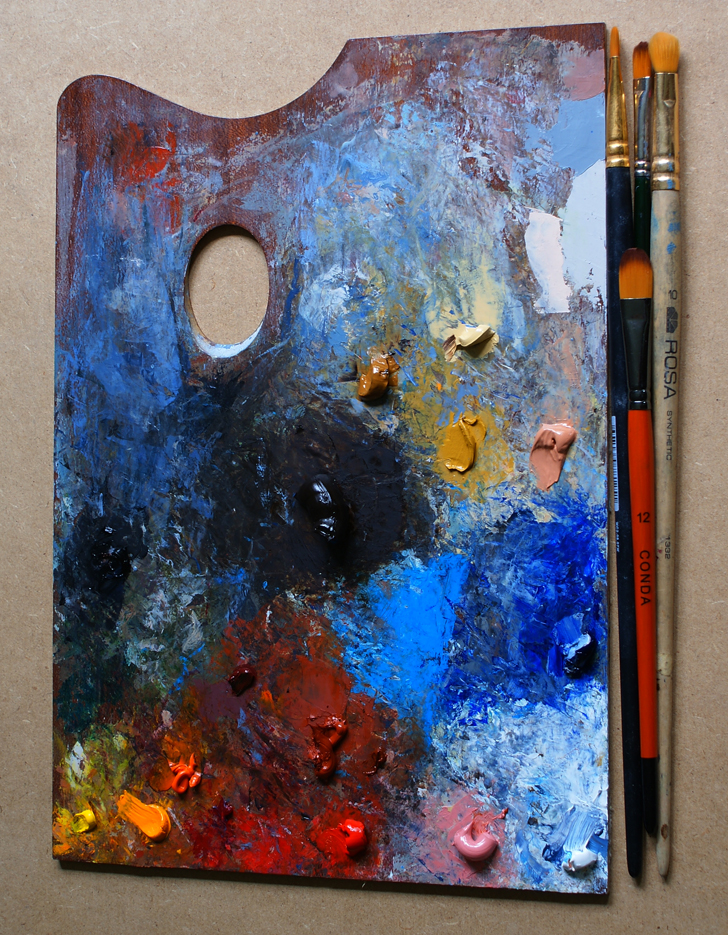Oil painting essential materials and techniques: PAINTS

Oil painting essential materials and techniques:
PAINTS
Of all your materials, it is on your paints that quality has the most vital effect.
With bad paint your work is hopeless. You may get an effect that looks all right, but how long will it stand, and how much better may it not have been if your colors had been good?
You can tell nothing about it. You may have luck, and your work hold; or you may not have luck, and in a month your picture is ruined. Don’t trust to luck. Keep that element out as much as you can, always.
But in the matter of paints, if you count on luck at all, remember that the chances are altogether against you. Don’t let yourself be persuaded to indulge in experiments with colors which you have reason to think are of doubtful quality.
Keep on the safe side, and use colors you are sure of, even if they do cost a little more—at first; for they are cheaper in the long-run. And even in the time of using of one tube, generally the good paint does enough more work to cover the difference of cost.
Bad Paints.—Suspect colors which are too cheap. Good work is expensive. Ability and skill and experience count in making artists’ colors, and must be paid for. If you would get around the cost of first-class oil painting material you must mix it with inferior material.
The first effect you will notice in using poor colors is a certain hindrance to your facility, due to the fact that the color is weak—does not have the snap and strength in it that you expect.
The paint has not a full color quality, but mixes dead and flat. This you will find particularly in the finer and lighter yellows. You need not fear much adulteration in those paints which are naturally cheap, of course.
It is in those higher-priced colors, on which you must largely depend for the more sparkling qualities, that you will have most trouble.
Unevenness of working, and lack of covering or mixing power, you will find in poor paints also. They have no strength, and you must keep adding them more and more to other colors to get them to do their work. All these things are bothersome.
They make you give more attention to the pigments while working than you ought to, and when all is done, your picture is weak and negative in color.
Another effect to be feared from bad colors is that your work will not stand; the colors fade or change, and the paint cracks. The former effect is from bad material, or bad combinations of them in the working, and the latter mainly from bad vehicles used in grinding them.
I have seen pictures go to pieces within a month of their painting—bad paint and bad combinations. Of course you can use good colors so that the picture will not stand. But that will be your own fault, and it is no excuse for the use of colors which you can by no possibility do good work with.



This Post Has 0 Comments